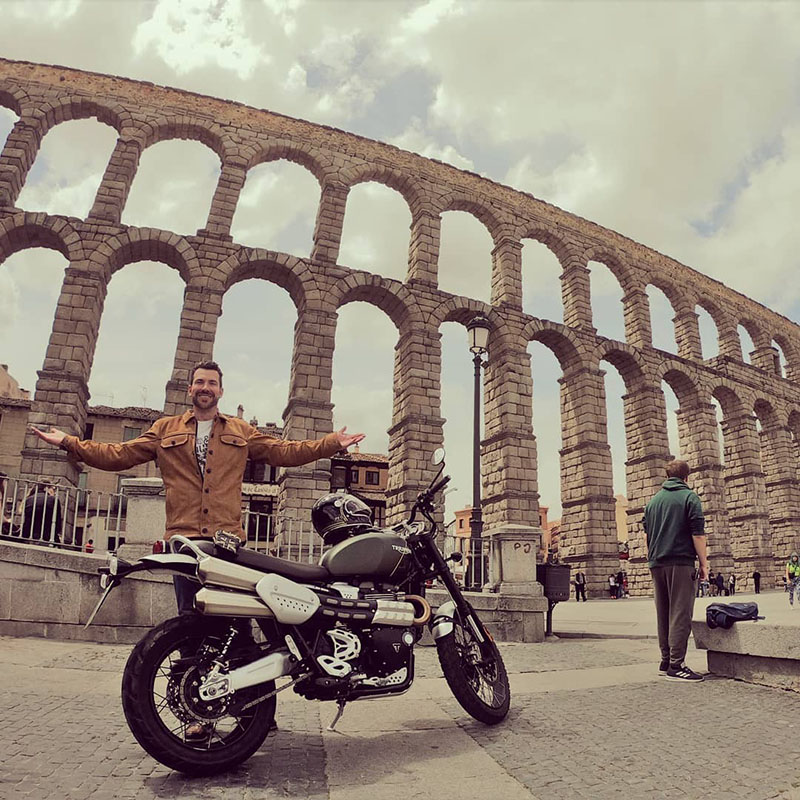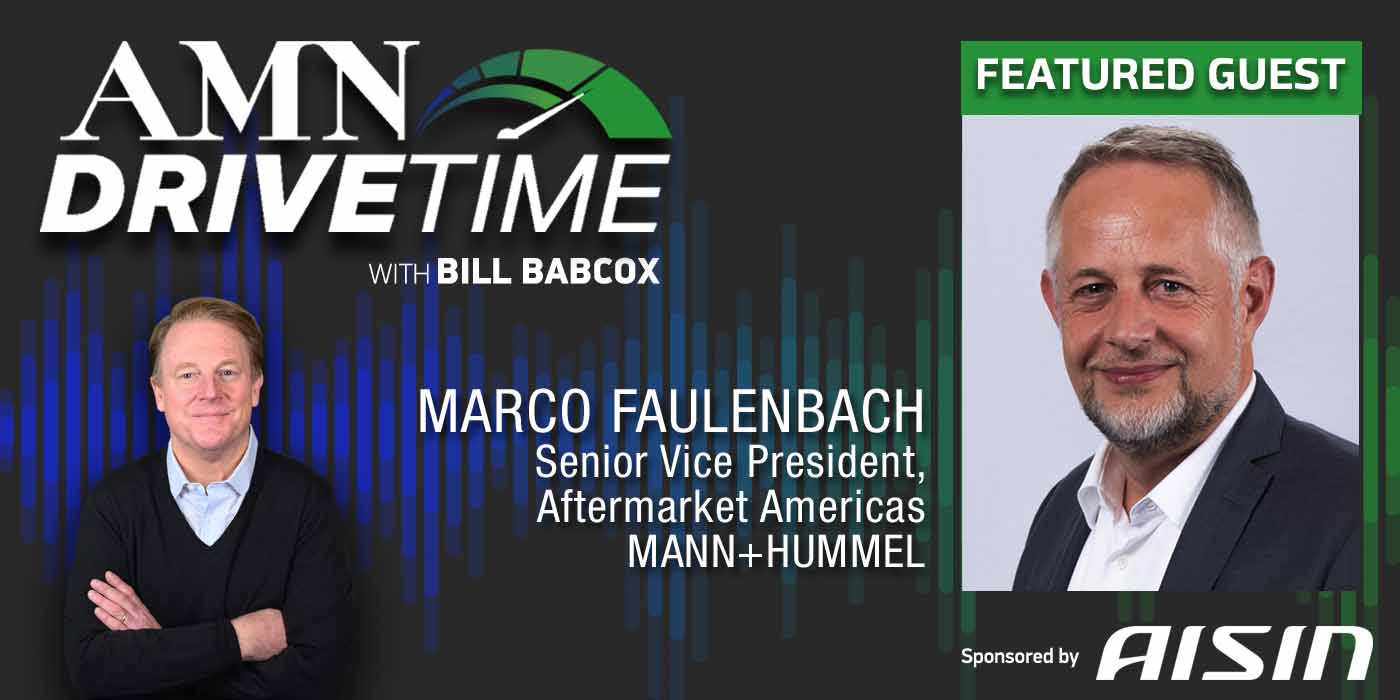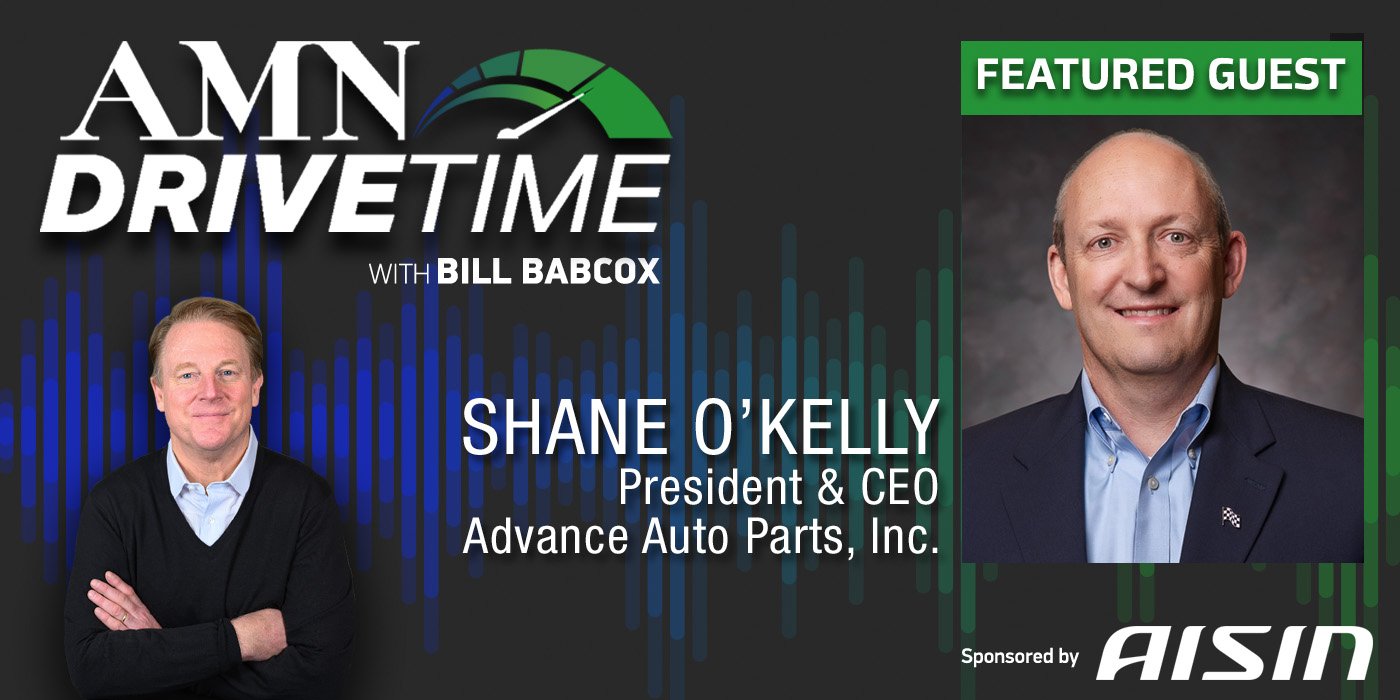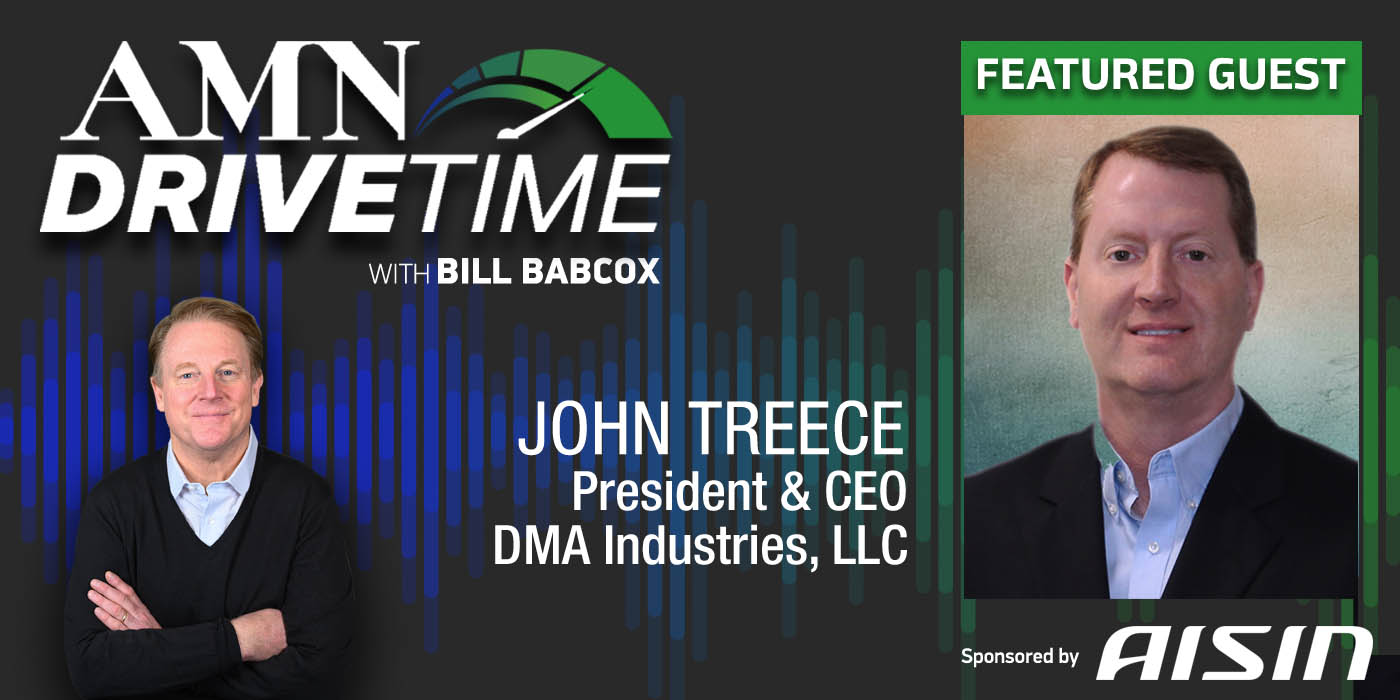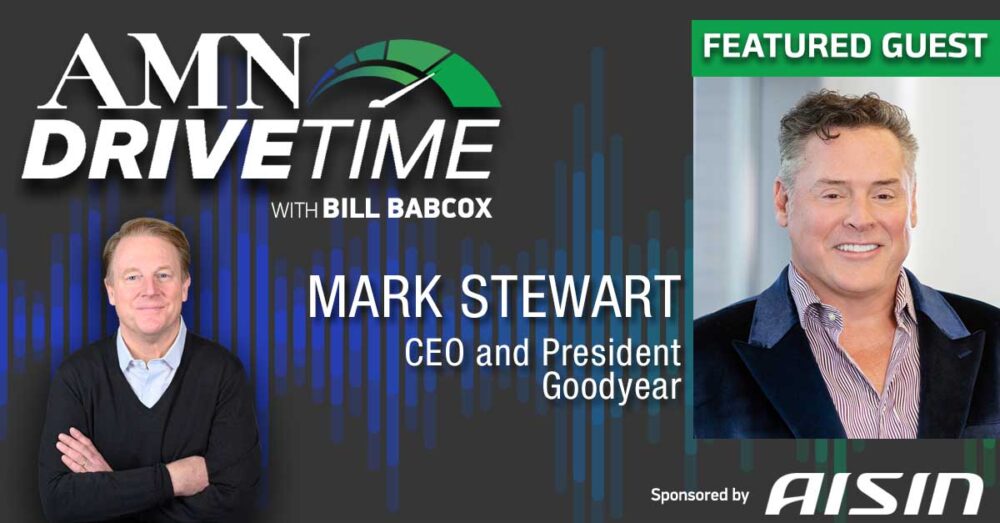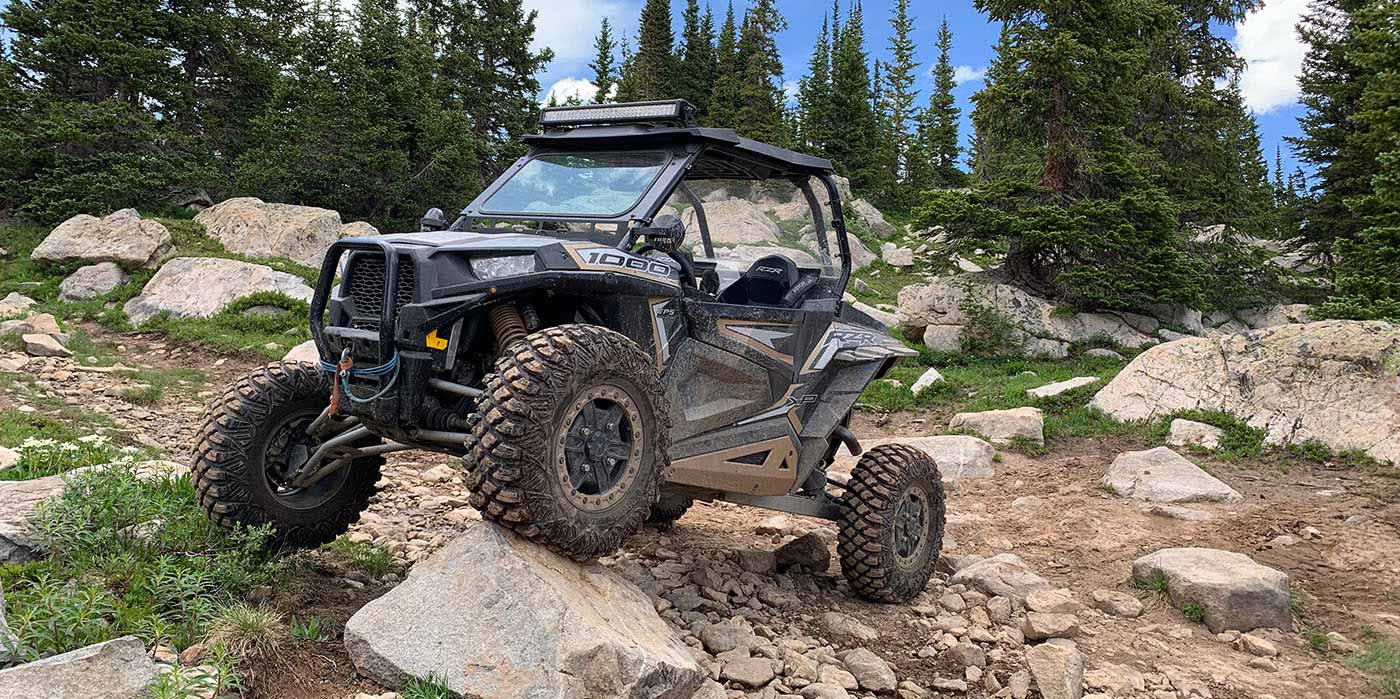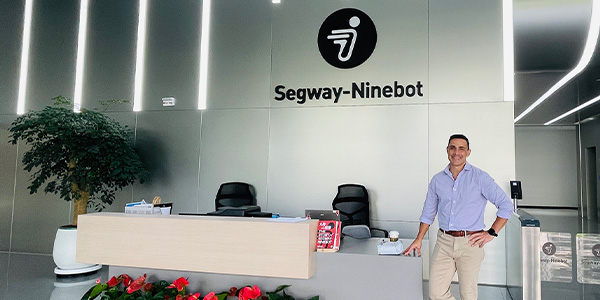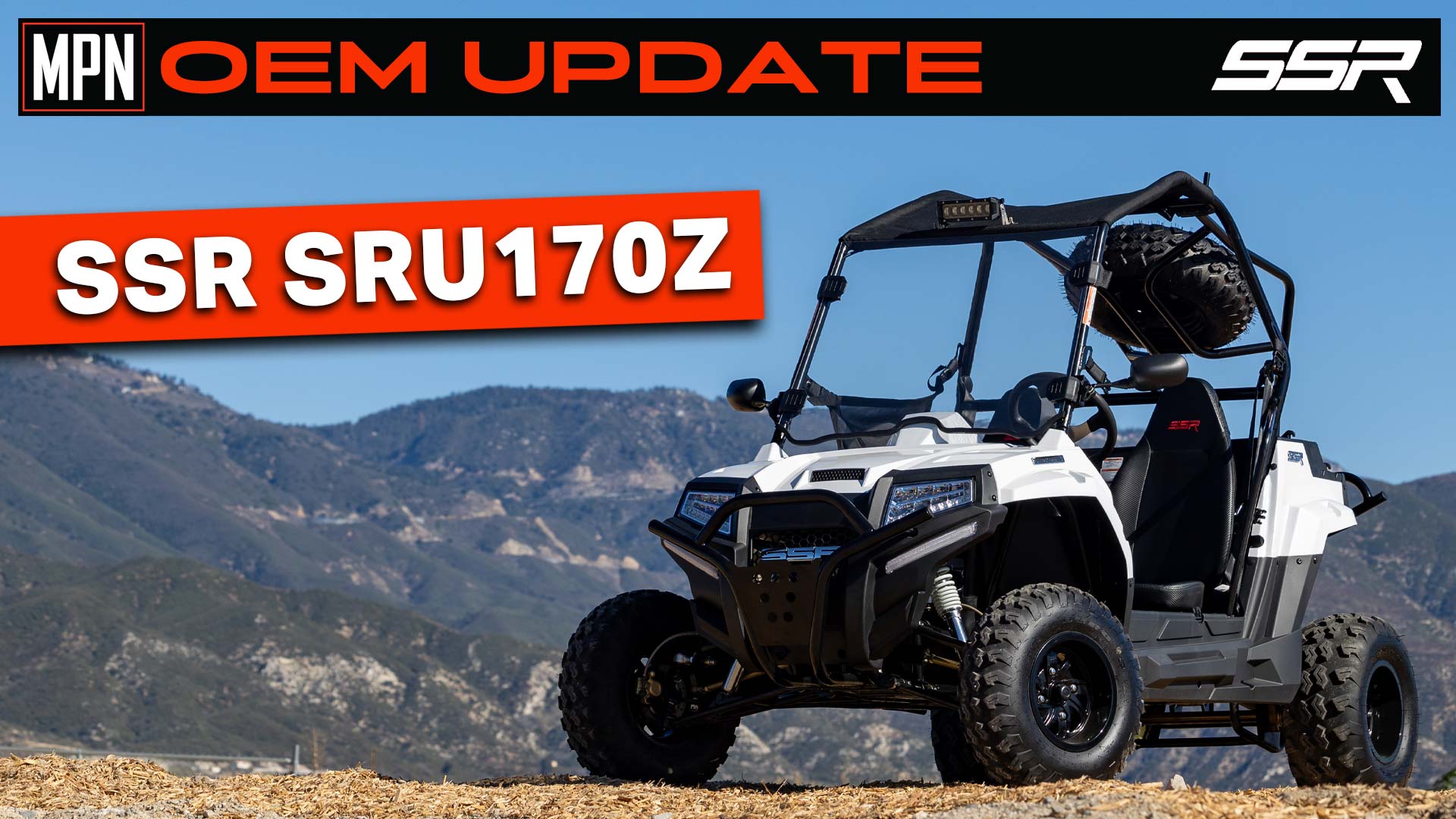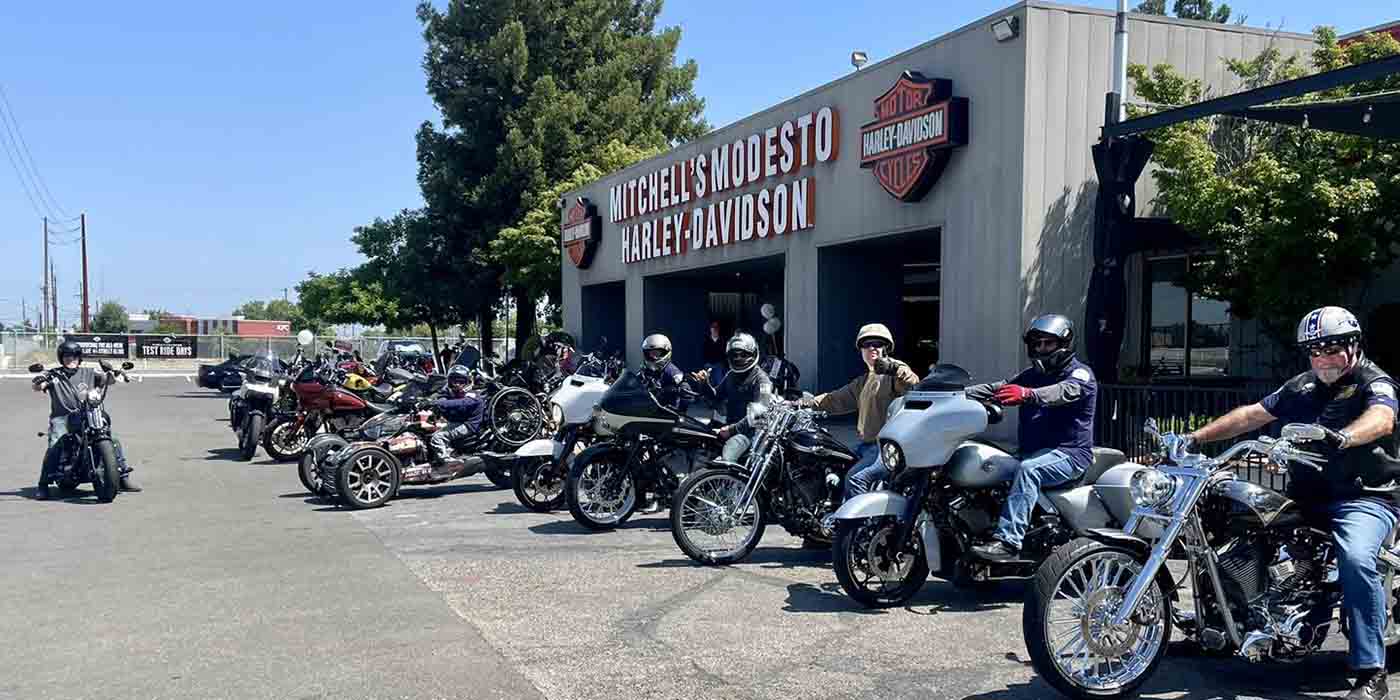You can make all the money in the world, but you can spend it all just as easily. That was an early life lesson Brent Gyuricza, dealer principal of Maverick Motorsports, based in Western Montana, learned as a young entrepreneur. From it, he realized money isn’t everything. Yet, money is vital to keep a business going, so how did Gyuricza grow his business into three dealerships bringing in several million dollars a year? It started with a bit of luck, a good core team and a lot of passion.
Lucky Day
Gyuricza has been called a serial entrepreneur. From going door-to-door in fourth grade raising money for muscular dystrophy to selling candy and magazines in high school to his fellow students, Gyurcza fashioned a business mindset early in life. Though Gyuricza grew up in Missouri, he later moved to Los Angeles and then Oklahoma, where he got a job working corporate supply contracts. At the tender age of 22, he managed to land contracts with major companies, such as Microsoft, Hewlett-Packard, Amgen and more, and by 23, he was the company’s top salesman. But while he was living a life of success, he had a major realization: It doesn’t matter how much money you make, because you can always spend all of it and then have nothing to show for it.
“I think the learning lesson from that was you can be bold, you can do things at a young age, but money is not the answer to our problems. It’s not what makes us successful and it’s not what we should gauge success by,” Gyuricza muses.
Gyuricza eventually moved to Missoula, Montana, where he opened his own supply contracts company and then moved onto being the executive director for a youth organization. When donations dried up during the 2008 housing crisis, he had to move on, though he was unsure what to do with his life at that point.
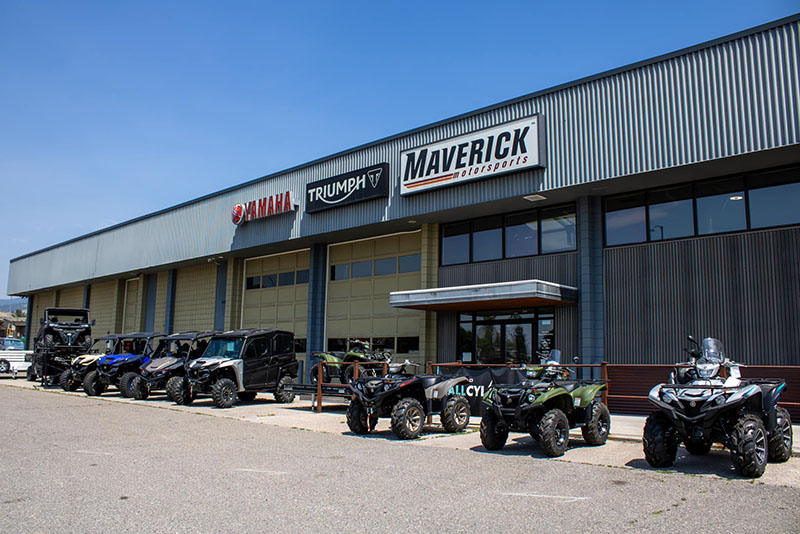
Gyuricza had recently bought a motorcycle and remembers being underwhelmed with his purchase process. “I don’t want to say I was unhappy with the process, but I just remember thinking, ‘Boy, this could be so much better.’” He got the idea to buy the dealership, and when he went back to talk to the owner about it, he found out the owner had just listed the dealership for sale, and he agreed to sell it to Gyuricza. At the same time, Brent also noticed an old Cummins diesel repair shop for sale, and bought that building as well. Once the dealership purchase was wrapped up, he moved the business into that Cummins building, effectively quadrupling the space.
“I think we took a store that was doing about $700,000 a month in business, and within a year, we’d taken it to $1.5 million. By the second year, we were getting close to $3 million, and it’s been a good rise ever since,” Gyuricza recalls.
When Gyuricza had grown Maverick Motorsports to a certain size and gotten to know other dealerships in the area, he decided to expand, but he was looking for what had made Maverick Motorsports’ growth possible in the first place: a core dealership team. He ended up acquiring two others stores in Butte and Phillipsburg, Montana, based on the great teams they had in place. After all, Gyuricza’s favorite part of the job is the people — employees and customers alike.
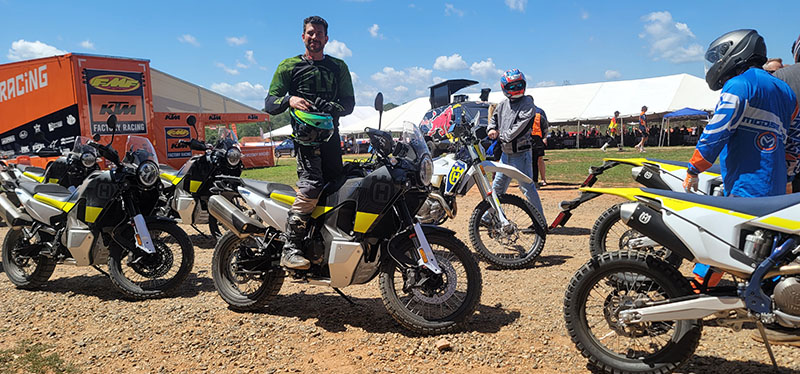
“They are the best and sometimes the worst part of the job, but overall, that’s my favorite part. The characters, the individuals that come in, the stories that you hear, the people who you make a connection with or maybe go out riding with on a weekend. That’s the staff you get a chance to get to know, be a part of their family and go out riding with on a weekend. The people are who really make it — even the ones you don’t like sometimes are actually as much fun. The stories you get to tell from some of those folks are pretty spectacular,” Gyuricza relays.
Dazed and Confused
Despite the massive successes Maverick Motorsports has seen over the last several years, they have not come without their challenges. Take the pandemic, for instance. While many recreational industries saw a sales slump during that time, the powersports industry had an unexpected sales boom. Customers were looking for safe ways to spend free time, and spending it outdoors alone or with family on a powersports vehicle seemed to be the key. Dealerships weren’t able to keep vehicles in stock; sales staff didn’t even have to sell, instead becoming order takers. However, when the pandemic ended, sales dropped to their pre-COVID levels, and as a result, Maverick Motorsports, like many other dealerships, has struggled with inventory management ever since.
“Most of us thought that sales would just come to a screeching halt or they’d slow down, which at this point they are for us; they’re leveling out. What we didn’t plan on was suddenly being over-inventoried by all of the manufacturers,” Gyuricza explains. “I can say it was pretty much a systemic problem across the industry that we suddenly were over inventoried and we went from paying almost no flooring interest in selling everything we had to suddenly not being able to sell everything we have, getting back into the pre-COVID days where we were really having to fight to maintain price margins because everyone was over-inventoried and it became a race to the bottom again. Suddenly we’re back in sub-10% margin range.”
While OEMs were overstuffing dealers with inventory, it was the flooring interest that caught Maverick Motorsports most by surprise. Gyuricza admits that during COVID, the dealership had stopped a lot of standardized practices in regards to inventory management, which exacerbated the problem, but he also believes the OEMs engaged in unfair practices.
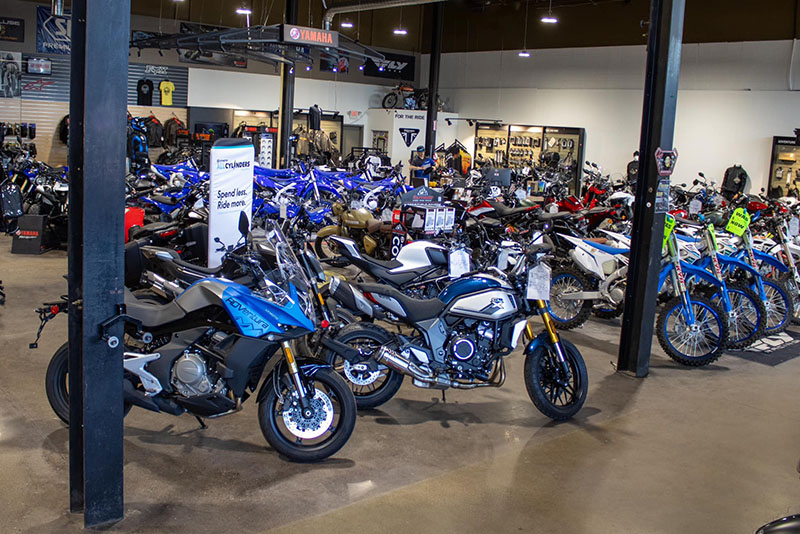
“It started when the manufacturer made us increase our credit lines, even though we had … never maxed out our credit lines. Now, all of a sudden post-pandemic, we’ve got increased credit lines by 35%, and suddenly we’re maxed out with the highest flooring interest levels we’ve seen in over a decade, and suddenly within two months, we’re paying more in flooring interest than we had in the prior four years combined. That’s deeply concerning, and it’s not sustainable for us as an industry,” Gyuricza argues.
Although Gyuricza doesn’t like to be in opposition with the OEMs, the final straw came when he saw a report noting how the manufacturer’s profits were down in every division except its financial arm, which had skyrocketed.
“When the manufacturer is making money just by their units sitting on your floor and they lose interest or concern whether you’re selling the units or not because they’re still making money, that becomes a little incestuous,” Gyuricza says.
Feeling bullied, Maverick Motorsports took it to the state of Montana, writing a letter explaining the situation and why the company felt the OEM was in the wrong. Although three state departments initially rejected the suit, the Department of Justice finally agreed that the OEM was in the wrong and put the manufacturer under a full investigation for violation of three state ordinances.
High Hopes
Unlike cars, powersports are not a necessity — they are a passion. However, many customers still come into a powersports dealership expecting an auto-dealer experience, which is typically viewed as negative.
To that end, Gyuricza and his team try to get customers to open up by letting them know from the start that they are passionate about powersports and not just here to sell. “I’ve told customers, ‘I just want to let you know we’re here because … we enjoy what we do and we want to help you. You don’t have to keep us at arm’s length. We’re not here to force you to buy something. We’re here to engage with you on a journey of excitement,’” he says.
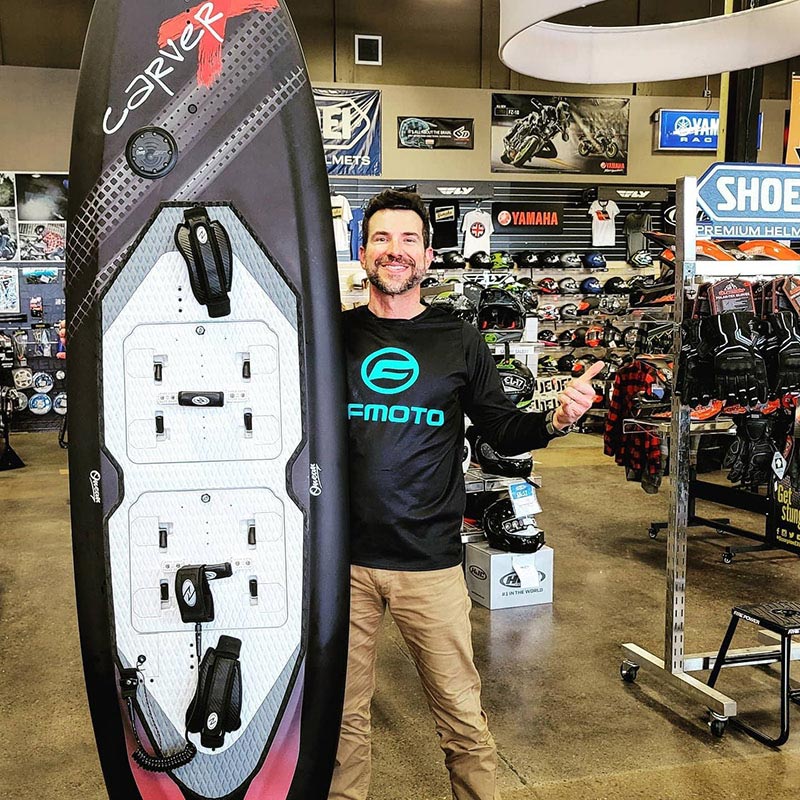
He wants to heighten that excitement at the dealership even more in the future. As such, he decided to sit down with every Maverick Motorsports employee and ask them where that person sees the dealership heading in the future and what could be improved. One of the common threads he sees is a desire for more events, which he hopes to bring back and make successful in their own rights.
“I think some of the things I’m most excited about are having better customer interaction, having more hangout time and hangout spaces for customers to be in the dealership,” Gyuricza concludes.
From his early childhood enterprises of selling candy and magazines to now running powersports dealerships, Gyuricza had to run the gauntlet of challenges and pull himself up by his bootstraps to keep things going. Yet, it’s those same challenges that he credits to his success. Running a business is a series of bumpy whoops one after the next, and the powersports industry has created its fair share of them. Stay tuned to learn what challenges Gyuricza sees for the powersports industry and how you can take the holeshot to get ahead.
